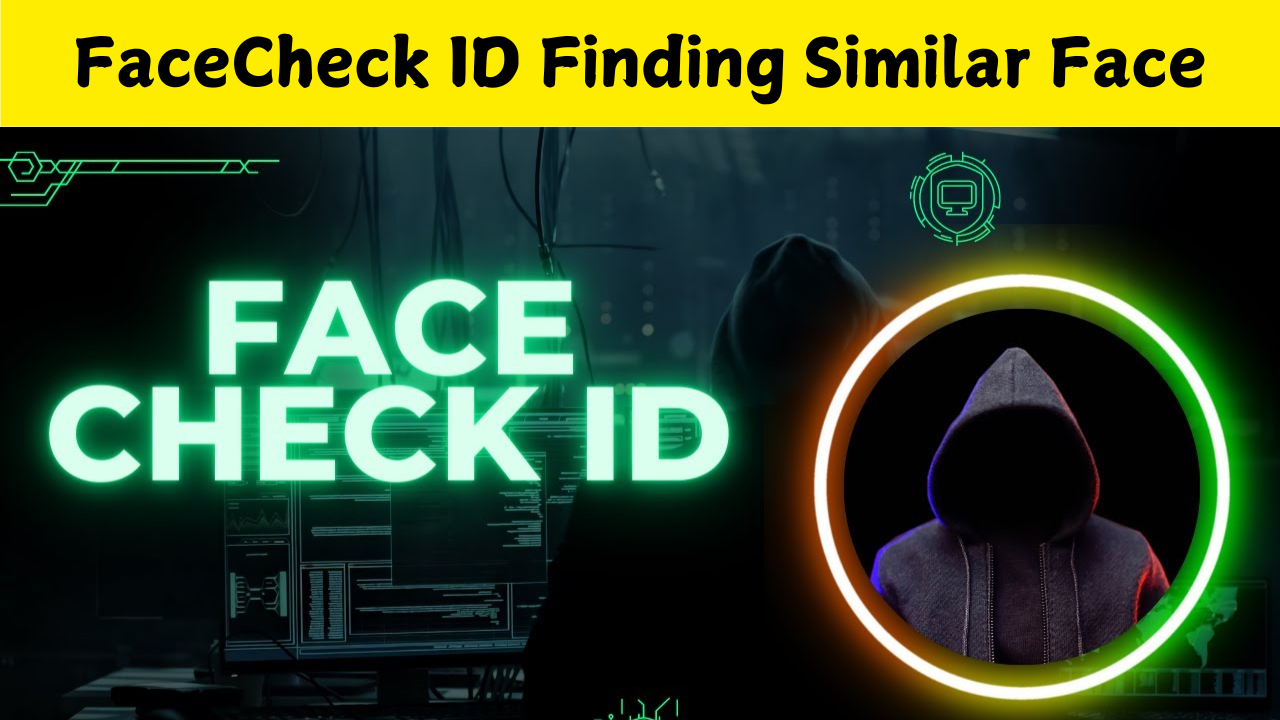Introduction to EmojiDB
In today’s digital world, emojis have become a universal language. Whether it’s for messaging, social media, or even coding, emojis add emotion and expression to plain text. EmojiDB is a powerful and structured database that makes it easy for developers, designers, and creators to work with emojis in an organized and efficient way.
What Is EmojiDB?
EmojiDB is an open-source emoji database that provides detailed and categorized information about thousands of emojis. Unlike static emoji charts or images, EmojiDB gives you structured JSON data that includes the emoji character, name, Unicode, group, sub-group, keywords, and even skin tone variations. It is designed for those who need to fetch emoji data programmatically or build emoji-related features into apps or websites.
Why EmojiDB Stands Out
What makes EmojiDB unique is its developer-first approach. It’s not just a pretty gallery of smiley faces. Instead, it offers a robust API and downloadable files that allow you to integrate emojis into your own tools, software, or creative projects. The focus is on structure, access, and usability—ideal for building emoji pickers, search engines, filters, or even custom keyboards.
A Resource for Developers and Designers
EmojiDB isn’t just for coders. UI/UX designers can use it to design emoji-related features. Game developers may need it for character expressions. Content creators can enhance their platforms by using accurate emoji data to sort, tag, or categorize content. From Discord bots to chat applications, EmojiDB serves as a backbone for emoji functionality.
Features of EmojiDB
One of the best features is its complete emoji list in a standardized JSON format. Every emoji entry includes metadata like shortcodes, tags, Unicode version, and even keywords to make searching easier. It also updates with the latest Unicode releases, ensuring you’re never behind on new emoji additions.
How the API Works
EmojiDB offers a RESTful API, which allows you to access emoji data on demand. You can query by keyword, Unicode, category, or group. This makes it incredibly efficient when building tools like emoji filters, autocomplete inputs, or search bars that rely on structured emoji data.
Emoji Grouping and Categories
All emojis in EmojiDB are organized by groups such as “Smileys & Emotion,” “People & Body,” “Animals & Nature,” and so on. Each group is further broken down into sub-groups like “face-smiling” or “animal-mammal.” This logical structure allows for better filtering and dynamic rendering in user interfaces.
Skin Tone and Gender Variants
One of the challenges in emoji development is handling variations. EmojiDB solves this by including all skin tone and gender variants of emojis. These are properly linked to their base characters, making it easy to loop through or customize emojis dynamically depending on user preferences.
Search Functionality
The search functionality in EmojiDB is precise and intuitive. You can search by name, tag, Unicode, or even emoji character. This helps when you’re trying to implement real-time emoji suggestion features or need fast access to specific icons.
Use Cases of EmojiDB
App developers can integrate it into chat apps for real-time emoji input. Social media platforms may use it to enhance post creation tools. Educational apps might offer emoji-based quizzes or flashcards. Even data scientists could analyze emoji trends with structured data from EmojiDB.
Offline Support
If you’re working in an environment where API calls aren’t ideal, you can download the entire EmojiDB as a JSON file. This allows you to work with emoji data offline or include it directly in a mobile or desktop application.
Unicode Compliance
EmojiDB aligns strictly with Unicode Consortium standards. Each emoji in the database includes its Unicode version and codepoints, ensuring full compatibility with platforms like Android, iOS, Windows, and macOS.
Constantly Updated Database
As Unicode adds new emojis every year, EmojiDB evolves with it. You won’t have to worry about being outdated. The maintainers ensure that every emoji—new or deprecated—is tracked and versioned properly.
Open Source and Free to Use
EmojiDB is fully open source. This means developers can contribute to its growth, suggest new features, or fix issues. It also ensures that the data is transparent, accessible, and free to use in both commercial and personal projects.
Community Support and Documentation
The project is well-documented, with clear API references and example implementations. There’s also an active GitHub repository where you can raise issues, suggest improvements, or discuss ideas with other emoji lovers and developers.






